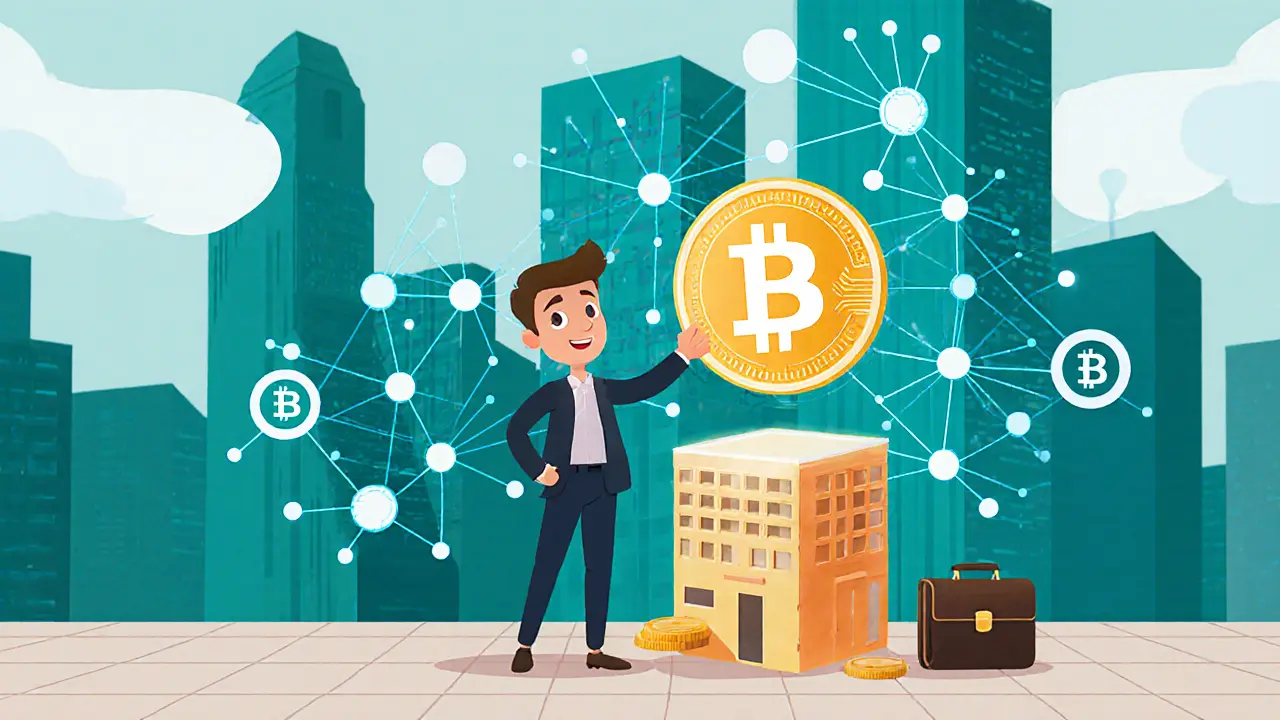Tokenized Assets: What They Are and Why They Matter
When working with tokenized assets, digital representations of real‑world value stored on a blockchain. Also known as crypto tokens, they let anyone buy, sell, or trade fractions of anything from gold to real estate. Because each token lives on an immutable ledger, ownership is transparent, transfer is instant, and intermediaries become optional. This core idea fuels a whole ecosystem of services, from free token giveaways to full‑blown trading platforms.
How Tokenized Assets Connect to Airdrops, Exchanges, and Regulations
One of the fastest ways new airdrop, mass distribution of tokens to eligible wallets. free token giveaway campaigns is by handing out tokenized assets to early supporters. Airdrops not only spark community growth but also create immediate liquidity, which is where crypto exchange, platforms that match buyers and sellers of digital assets. trading venue steps in. Without an exchange, even a well‑designed token would sit idle in wallets, unable to be used for payments or investment. Exchanges list tokenized assets, provide price discovery, and often add extra security layers such as cold storage and KYC checks.
Regulatory bodies keep a close eye on this flow. blockchain regulation, rules that govern how digital tokens are created, offered, and traded. crypto laws shape everything from token classification (security vs utility) to the reporting obligations of exchanges. When a regulator labels a tokenized asset as a security, the issuing project must follow strict disclosure standards, and the exchange may need a special license to list it. This interplay influences whether a token can be freely airdropped, how quickly it can appear on a platform, and what safeguards investors receive.
Beyond exchanges, decentralized finance (DeFi) platforms extend the use cases of tokenized assets. Lending protocols let users lock up tokens as collateral, earning interest while keeping ownership. Yield farms reward participants with additional tokenized assets, creating a virtuous cycle of distribution and utility. In practice, a token that started as an airdrop can end up powering a loan, a trade, or a liquidity pool, all without leaving the blockchain.
All these pieces—airdrop mechanisms, exchange listings, regulatory frameworks, and DeFi protocols—form the backbone of the tokenized‑asset landscape. Below you’ll find detailed articles that break down eligibility rules for airdrops, security assessments for exchanges, compliance guides for regulators, and deep dives into DeFi token use cases. Whether you’re hunting for free tokens, evaluating a new exchange, or trying to understand the legal side, the collection offers concrete steps and real‑world examples to help you navigate the fast‑moving world of tokenized assets.
Ready to see how these concepts play out in actual projects? Dive into the posts below for actionable insights and step‑by‑step guides.

14
Nov
By 2025, crypto portfolio management has evolved into a sophisticated discipline driven by AI tools, institutional adoption, and tokenized assets. Learn the allocations, risks, and strategies that separate winners from speculators.
Read More

11
Aug
A practical 2025 guide that shows how to invest in security tokens, covering platforms, steps, regulations, and risk management in simple terms.
Read More

